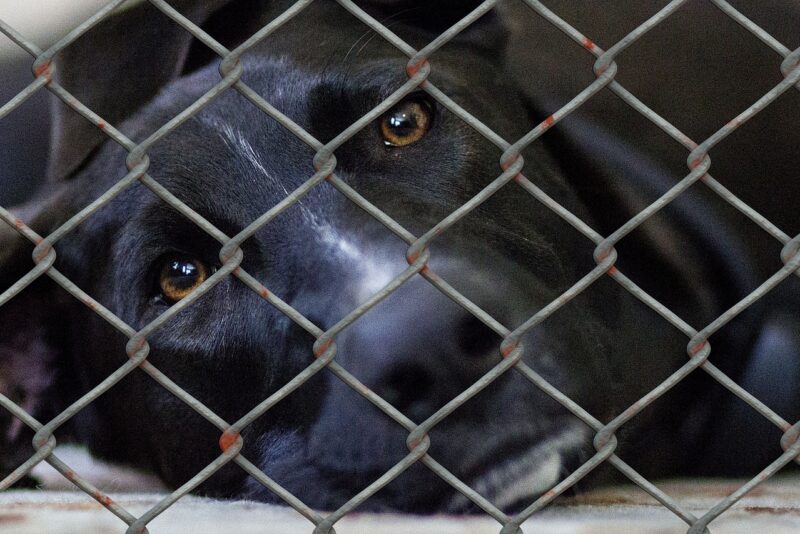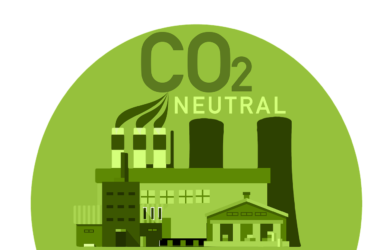Animal cruelty is a serious problem that affects millions of animals worldwide every year. It is a broad term that refers to any act of harm or mistreatment inflicted upon an animal by a human being. Unfortunately, animal cruelty is prevalent in many different forms, from neglect to abuse and exploitation, and it affects animals of all kinds, from domesticated pets to wild animals in captivity.
In this article, we will provide an overview of animal abuse, its different forms, its causes, and its impact on animals and society. We will also discuss some of the ways in which individuals, organizations, and governments can work to prevent and combat animal abuse.
Forms of Animal Cruelty
Animal abuse can take many different forms, each of which is equally devastating to the animals affected. Some of the most common forms of animal abuse include:
- Neglect: Neglect is a form of cruelty in which an animal is denied basic care, such as food, water, shelter, and medical attention. This can lead to malnutrition, dehydration, disease, and other serious health problems.
- Physical abuse: Physical abuse is a form of cruelty in which an animal is physically harmed, such as through beating, kicking, hitting, or throwing. This can lead to broken bones, internal injuries, and other serious health problems.
- Emotional abuse: Emotional abuse is a form of cruelty in which an animal is subjected to psychological harm, such as through isolation, confinement, or constant yelling and berating. This can lead to depression, anxiety, and other mental health problems.
- Animal testing: Animal testing is a form of abuse in which animals are used for scientific or commercial testing, often without regard for their well-being. This can lead to painful and sometimes deadly procedures, as well as long-term health problems.
- Animal fighting: Animal fighting is a form of cruelty in which animals are forced to fight each other for entertainment or profit. This can lead to serious injuries, infections, and even death.
Causes of Animal Cruelty
There are many different factors that contribute to animal abuse. Some of the most common causes include:
- Ignorance: Many people are simply unaware of the basic needs and rights of animals, and may inadvertently mistreat them as a result.
- Lack of empathy: Some people simply do not feel empathy or compassion for animals, and may view them as objects rather than living beings.
- Cultural and societal norms: In some cultures and societies, animal cruelty may be seen as acceptable or even desirable, such as in the case of animal fighting or certain types of animal testing.
- Mental illness: Some individuals may engage in animal cruelty due to underlying mental health problems, such as sociopathy or sadism.
- Economic factors: In some cases, animal cruelty may be driven by financial incentives, such as in the case of animal fighting or the use of animals in commercial testing.
Impact of Animal Cruelty
Animal cruelty has a significant impact on both animals and society as a whole. Some of the most common effects of animal abuse include:
- Physical harm: Animal abuse can cause significant physical harm to animals, including pain, injury, and even death.
- Emotional harm: Animal abuse can also cause significant emotional harm to animals, such as anxiety, depression, and fear.
- Public safety: In some cases, animal abuse can also pose a threat to public safety, such as in the case of animal fighting or the mistreatment of large, aggressive animals.
- Economic impact: Animal abuse can also have a significant economic impact, such as through the cost of treating and caring for injured animals, or the loss of revenue in industries that rely on animal welfare, such as tourism.
Prevention and Combatting of Animal Cruelty
Preventing and combating animal abuse requires a multi-faceted approach involving individuals, organizations, and governments. Some of the most effective ways to prevent and combat animal cruelty include:
- Education: Educating the public about animal welfare and the basic needs and rights of animals is critical in preventing animal cruelty. This can involve school programs, public awareness campaigns, and community outreach programs.
- Enforcement of animal welfare laws: Governments can play a critical role in preventing animal cruelty by enforcing animal welfare laws and regulations. This can involve increased penalties for animal abuse, stricter enforcement of existing laws, and the creation of new laws to address emerging forms of animal cruelty.
- Animal rescue and rehabilitation: Animal rescue and rehabilitation organizations can provide critical support to animals that have been mistreated or abused. This can involve rescuing animals from abusive situations, providing medical care and rehabilitation, and working to find permanent homes for rescued animals.
- Promotion of responsible pet ownership: Encouraging responsible pet ownership is another effective way to prevent animal cruelty. This can involve promoting spaying and neutering, providing training and socialization for pets, and discouraging the abandonment or mistreatment of pets.
- Support for alternative testing methods: Supporting alternative testing methods, such as in vitro testing, computer modeling, and human-based studies, can reduce the reliance on animal testing and prevent unnecessary cruelty to animals.
Conclusion
Animal cruelty is a serious problem that affects millions of animals worldwide. It takes many different forms, each of which can have devastating effects on animals and society as a whole. Preventing and combating animal abuse requires a multi-faceted approach involving education, enforcement, rescue and rehabilitation, responsible pet ownership, and support for alternative testing methods. By working together, we can create a safer, more compassionate world for all animals.
Similar Articles
- Ambassador Animals: The Important Link between Humans and Wildlife
- Understanding Animal Abuse: Causes, Impacts, and Prevention
Frequently Asked Questions About Animal cruelty
Here are some frequently asked questions about animal cruelty:
- What is animal cruelty?
Animal abuse refers to any act of harm or mistreatment inflicted upon an animal by a human being. It can take many different forms, including neglect, physical abuse, emotional abuse, animal testing, and animal fighting.
- Why does animal abuse happen?
There are many different factors that can contribute to animal abuse, including ignorance, lack of empathy, cultural and societal norms, mental illness, and economic factors.
- What are the effects of animal cruelty?
Animal abuse can cause significant physical and emotional harm to animals, as well as pose a threat to public safety in some cases. It can also have a significant economic impact, such as through the cost of treating and caring for injured animals.
- What can I do to prevent animal cruelty?
There are many ways individuals can help prevent animal abuse, including educating others about animal welfare, supporting animal rescue and rehabilitation organizations, promoting responsible pet ownership, and supporting alternative testing methods.
- What are the laws surrounding animal cruelty?
Animal abuse is illegal in many countries, and there are specific laws and regulations in place to protect animals from mistreatment and abuse. Penalties for animal abuse can vary depending on the severity of the offense and the jurisdiction in which it occurred.
- What are some common signs of animal cruelty?
Signs of animal abuse can include physical injuries, malnourishment, dehydration, lack of veterinary care, inappropriate housing, and behavioral issues such as fear, aggression, or lethargy. Animals that are kept in unsanitary or overcrowded conditions may also exhibit signs of stress or illness.
- What should I do if I suspect animal cruelty?
If you suspect animal abuse, it’s important to report it to the proper authorities. This can include local law enforcement, animal control agencies, or animal welfare organizations. Be prepared to provide as much detail as possible, including the location of the animal, the type of cruelty observed, and any other relevant information.
- What is animal testing?
Animal testing refers to the use of animals in scientific experiments and research. This can involve exposing animals to substances or conditions that are intended to test the safety or efficacy of products, medications, or other materials. Animal testing is controversial due to concerns about animal welfare and the accuracy of results.
- What are some alternatives to animal testing?
There are many alternative testing methods that can be used instead of animal testing. These can include in vitro testing, computer modeling, and human-based studies. These methods can provide more accurate results while reducing the number of animals used in testing.
- How can I support organizations working to prevent animal abuse?
There are many organizations that work to prevent animal abuse and promote animal welfare. You can support these organizations by donating money or resources, volunteering your time, or spreading awareness about their work through social media and other channels.










